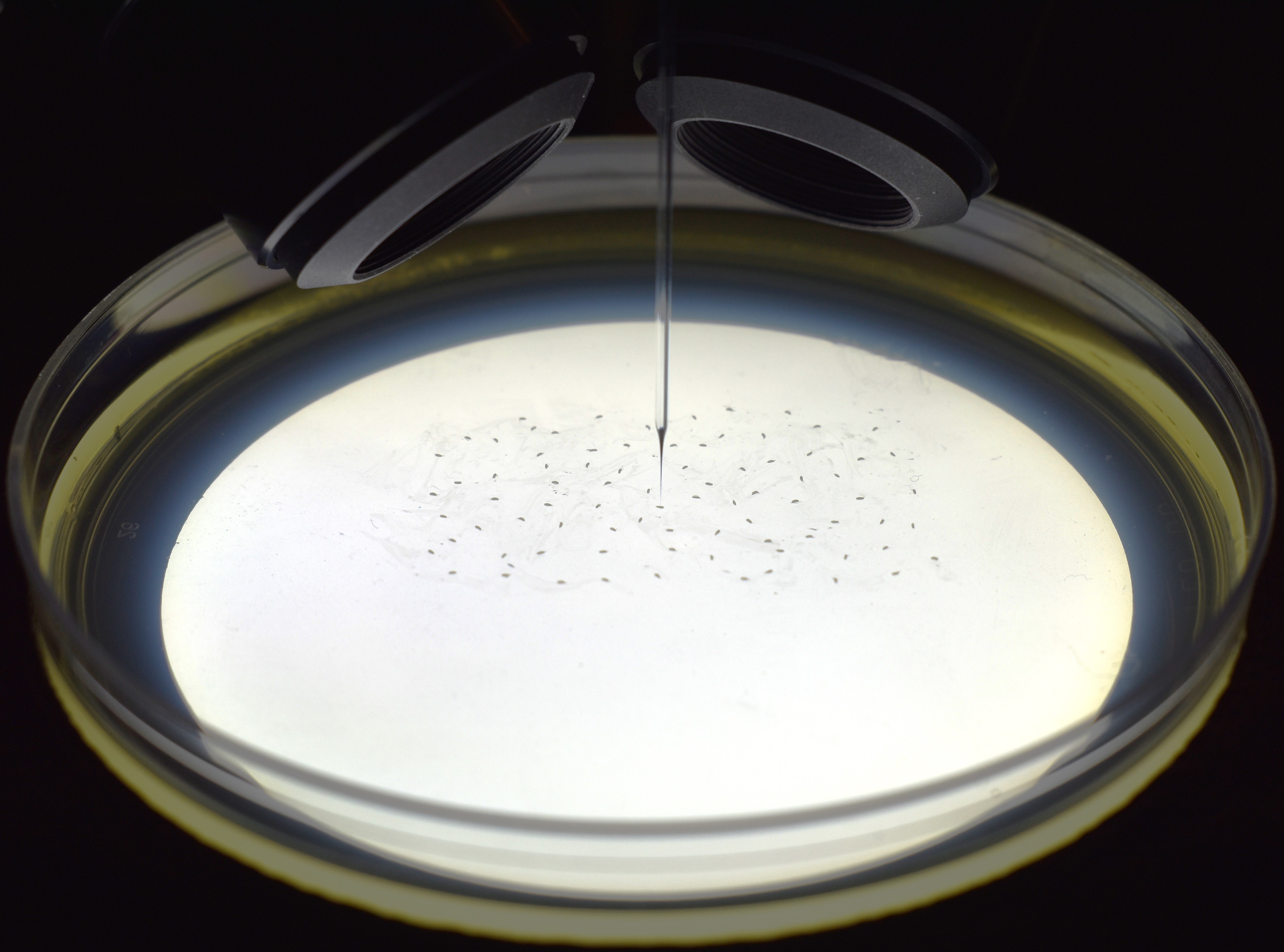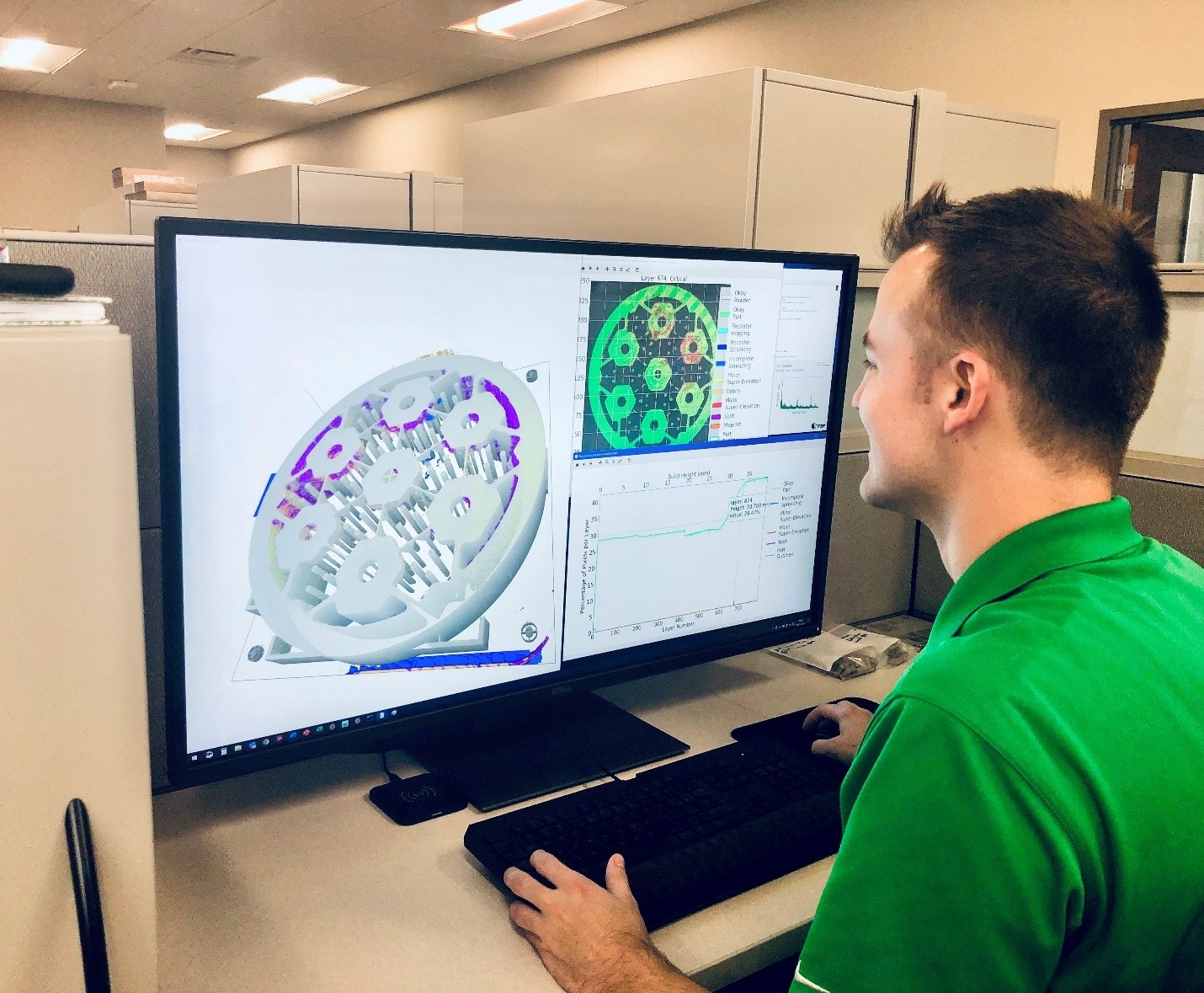University of Minnesota Twin Cities researchers have constructed a robot that uses machine learning to fully automate a complicated microinjection process used in genetic research.

news, journals and articles from all over the world.

University of Minnesota Twin Cities researchers have constructed a robot that uses machine learning to fully automate a complicated microinjection process used in genetic research.
Computer vision model outperforms surgeons when identifying types of spinal implants.
A new system of algorithms developed by UC San Diego engineers enables four-legged robots to walk and run on challenging terrain while avoiding both static and moving obstacles. The work brings researchers a step closer to building robots that can perform search and rescue missions or collect information in places that are too dangerous or difficult for humans.
Handheld computer vision and machine learning tool for identifying surgical wound infections debuts in rural Rwanda, enabling crucial care for women recovering from c-section in their homes. Project named first-prize winner in NIH Technology Accelerator Challenge for Maternal Health.
What if we used TikTok as a tool to further scientific research? University of Minnesota computer science Ph.D. student Yasamin Jafarian is doing just that, using data from the app to create more realistic 3D digital avatars.
Chuck Stewart, an expert in the ecological applications of computer vision, is part of the newly created Imageomics Institute, founded with a $15 million grant from the National Science Foundation to use images of living organisms to understand biological processes.
An expert in applying artificial intelligence (AI) to problems in animal ecology at Rensselaer Polytechnic Institute will join a team of researchers in a new $20 million National Science Foundation (NSF) Artificial Intelligence Research Institute announced on Thursday.
New Columbia Engineering study unveils a computer vision technique for giving machines a more intuitive sense for what will happen next by leveraging higher-level associations between people, animals, and objects.“Our algorithm is a step toward machines being able to make better predictions about human behavior, and thus better coordinate their actions with ours,” said Computer Science Professor Carl Vondrick. “Our results open a number of possibilities for human-robot collaboration, autonomous vehicles, and assistive technology.”
Cornell University engineers and plant scientists have teamed up to develop a low-cost system that allows grape growers to predict their yields much earlier in the season and more accurately than costly traditional methods.
Researchers at The University of South Australia have successfully tested a system that can monitor soil moisture using just a standard camera and an AI algorithm. The system holds huge potential as a simple, affordable solution for smart agriculture, allowing for automated, precision irrigation.
Using publicly available tourist photos of world landmarks such as the Trevi Fountain in Rome or Top of the Rock in New York City, Cornell University researchers have developed a method to create maneuverable 3D images that show changes in appearance over time.

Oak Ridge National Laboratory researchers have developed artificial intelligence software for powder bed 3D printers that assesses the quality of parts in real time, without the need for expensive characterization equipment.
Intrigued by how reflection changes images in subtle and not-so-subtle ways, a team of Cornell University researchers used artificial intelligence to investigate what sets originals apart from their reflections. Their algorithms learned to pick up on unexpected clues such as hair parts, gaze direction and, surprisingly, beards – findings with implications for training machine learning models and detecting faked images.